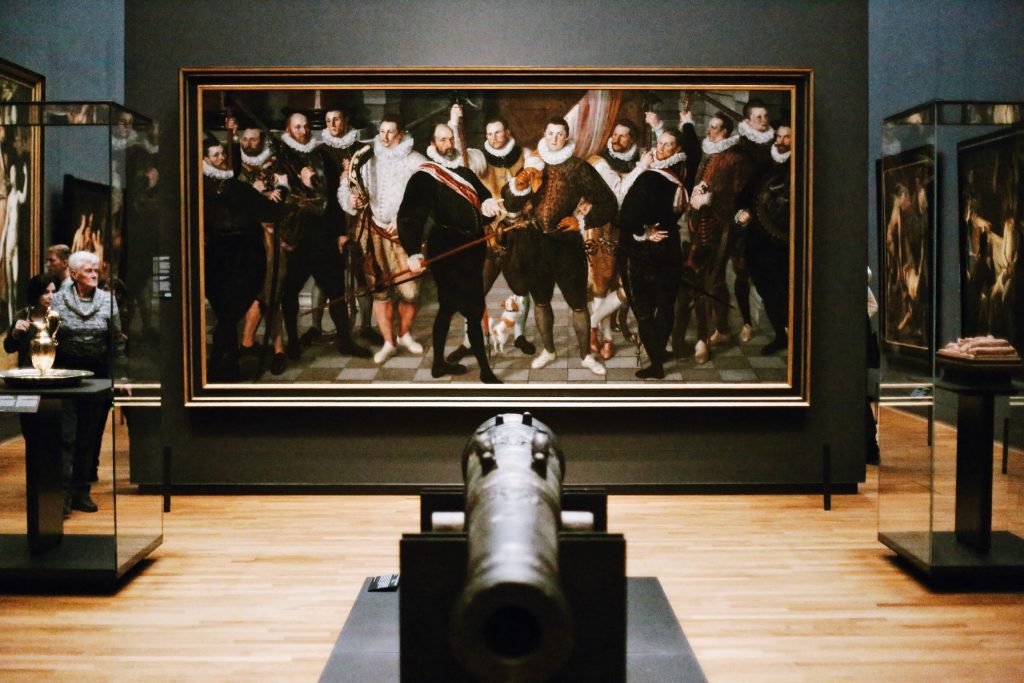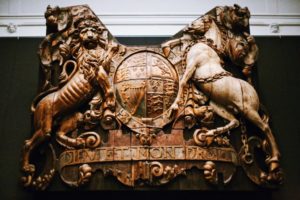The Rijksmuseum, the two hundred year old national museum is the attraction that you should never miss on your Netherlands trip. The breathtaking collections and masterpieces in the museum makes it one of the most visited museums in the world. The museum has several antiquities that are representatives of Dutch culture and world-renowned art works.
The museum has a history of transformations and associated controversies. But, all that could not outshine the glory of the museum. The museum was moved to the present building in the year 1885. From its beginning, the museum was filled with controversies and given below are some facts you probably didn’t know about Rijksmuseum.
There is A Road Inside Rijksmuseum
The museum has a road inside and it is the only one of its kind in the world. Until 1931, the roads were open to motor vehicles but after realizing the damage it could cause to the artifacts and the building the entry was blocked. Now bicycles are only allowed along the roads.
The Museum Was Built on 8000 Wooden Piles
Most of the area in Amsterdam is below sea level and the Rijksmuseum is no exception. In fact, the building was built above some 8000 piles placed 15 meters below the ground level and it is still supported by these wooden piles.
There Are 1 Million Objects in the Collection and 8000 on The Display
The collections of the museum started 100 years before it started operation. So, the large collection of the museum is not a surprise. The museum has about 1 million objects in its collection but only some 8000 artifacts are kept on the display. If you plan to see of the museum’s collections in your Rijksmuseum tour, it will probably take you a whole week. The galleries’ total walking distance is 1.5 km.
It Houses the World’s Largest Art Library
The museum houses the largest art library in the country and it is open to the public as well. If you are on Rijksmuseum private tours, make sure you spend some time in the spectacular library.
The Museum Remained Closed For 10 Years Because Of the Floods
The museum authorities decided to renovate the museum in 2003 and they expected it to get over within a year. But things took a different turn and the museum was flooded with the canal waters when a tunnel was dug up below the museum road. The restoration activities took 9 years to get complete.
All of the Wall Paintings In The Museum Were Whitewashed in 1960
Visiting Rijksmuseum is like taking a history class with the wall paintings showing rulers, artists and remarkable veents in the Dutch history. The director of the museum in 1960 felt that the wall painting took away the attention of visitors from the exhibits. He thought that the paintings failed to portray the real Dutch spirit and took the decision to white wash them. The wall paintings were luckily preserved beneath the layer of white paint and in 2013, they were restored.
When It Was Made, Remembrandt’s Night Watch Was a Little More Big
There are many interesting facts about the paintings in the museum. Remembrandt’s night Watch was transferred into the Amsterdam’s city hall a few years after the painting was made.the wall on which the painting had to be put couldn’t completely contain the painting. the officials made a choice of cutting a piece off the painting than choosing a larger wall to hold the painting. the painting’s size thus got smaller due to this trimming process.
Armor Without A Leg
The armor that misses a leg is one the exhibits in the museum that makes people curious. The original owner of the armor Jacob van Heemskerck lost a leg and his life in the battle of Gibraltar in 1607.
Winter Landscape
Many paintings in Rijks museum are busy with lot of activity depicted in them and the ‘winter Landscape’ is no exception. The painting has included so many things to correctly depict the life of 17th century Dutch people. You can see the scene of a man who fell on ice and people laughing at him. On other side, you can see crows and dogs dining on the corpse of an animal. The whole painting shows several activities like this and engages the beholders very much.
17th Century Stroopwafel
In a painting by Jan Steen there is a 17th century Stroopwafel portrayed which is more a tribute to the Dutch tradition.
Frenzy
The heaviest work in the museum is Frenzy which weighs 2000kg.
A Different Way to Celebrate the 10 Millionth Visitor
To celebrate the 10 millionth visitor in 2013, the museum gave a golden opportunity to the 10 millionth visitor to sleep in the Night Watch gallery.


